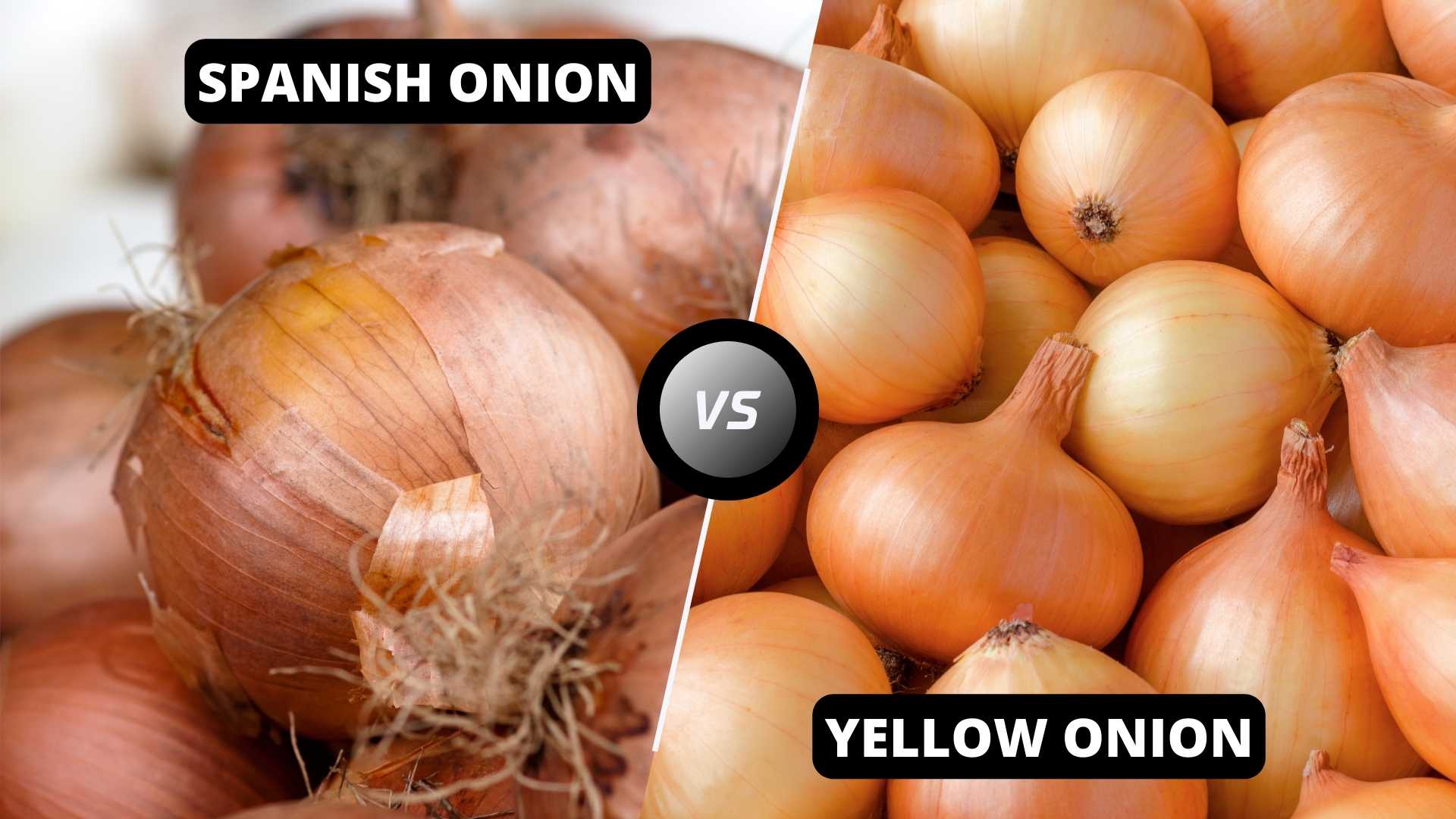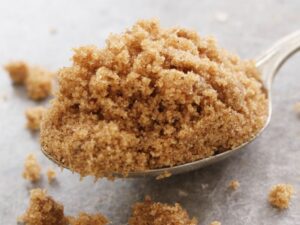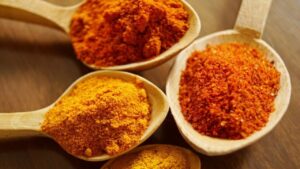The introduction of the article will provide a brief overview of the topic, explaining why it is important to compare Spanish onions and yellow onions. The introduction will also outline the main points to be covered in the article, such as the differences in appearance, taste, nutritional value, culinary uses, availability, and storage. The aim of the introduction is to grab the reader’s attention and provide a clear roadmap for the article.
Background on Spanish Onions
We will provide a detailed description of Spanish onions and their characteristics. We will explain that Spanish onions are a type of sweet onion, known for their large size and mild flavor. We will describe the appearance of Spanish onions, which are typically yellow-brown in color, with a thin papery skin and a flattened globe shape.
We will also discuss the origins and history of Spanish onions, explaining that they are primarily grown in Spain and other Mediterranean countries, and have been cultivated for thousands of years.
Background on Yellow Onions
Similar to the previous section, this section will provide a detailed description of yellow onions and their characteristics. We will explain that yellow onions are a type of cooking onion, known for their pungent flavor and versatility in the kitchen.
We will describe the appearance of yellow onions, which are typically round, with a brownish-yellow papery skin and white flesh. We will also discuss the origins and history of yellow onions, explaining that they are one of the most widely cultivated onion varieties and have been used in cooking for centuries.
Comparison of Spanish Onion vs Yellow Onion
Appearance and Size
In this section, we will compare the appearance and size of Spanish onions and yellow onions. We will describe the differences in color, shape, and size between the two types of onions. We will explain that Spanish onions are generally larger than yellow onions and have a flatter, wider shape. We will also describe the differences in color, with Spanish onions being more yellow-brown in color than yellow onions.
Flavor Profile
This section will compare the taste of Spanish onions and yellow onions. We will explain that Spanish onions are known for their mild, sweet flavor, while yellow onions are known for their pungent, strong flavor. We will describe the differences in sweetness, pungency, and depth of flavor between the two types of onions, and provide examples of recipes in which each onion would be best used.
Culinary Uses
In this section, we will provide an overview of the culinary uses of Spanish onions and yellow onions. We will explain that Spanish onions are often used raw in salads and sandwiches, as well as in dishes that require a milder onion flavor. We will also describe the ways in which yellow onions are used in cooking, such as in soups, stews, and sauces, as well as in dishes that require a stronger onion flavor.
Nutritional Value
This section will compare the nutritional value of Spanish onions and yellow onions. We will explain that both types of onions are low in calories and high in vitamin C and fiber. However, we will describe the differences in other vitamins, minerals, and antioxidant content between the two types of onions, and explain how they can contribute to a healthy diet.
Availability and Cost
In this section, we will compare the availability and cost of Spanish onions and yellow onions. We will explain that Spanish onions are more difficult to find in some regions, as they are primarily grown in Spain and other Mediterranean countries.
We will also describe how the availability and cost of each onion can vary depending on the season and the location where they are purchased. We will provide examples of how the cost of each onion may differ based on location and season, and explain how availability and cost may impact a cook’s decision to use one onion over the other.
Storage and Shelf Life
In this section, we will compare the storage and shelf life of Spanish onions and yellow onions. We will explain the recommended storage conditions for each onion, including temperature and humidity levels, and describe how long each onion can be stored before it begins to spoil. We will also provide tips for extending the shelf life of each onion, such as storing them in a cool, dark place or in the refrigerator.
Conclusion
The conclusion of the article will provide a summary of the main differences and similarities between Spanish onions and yellow onions. We will highlight the key points covered in each section of the article and provide some final thoughts on which onion may be best for different culinary applications.
We will also encourage readers to try both types of onions in different recipes to discover their unique flavors and culinary uses. Finally, we will suggest additional resources for readers who want to learn more about onions and their many varieties.




